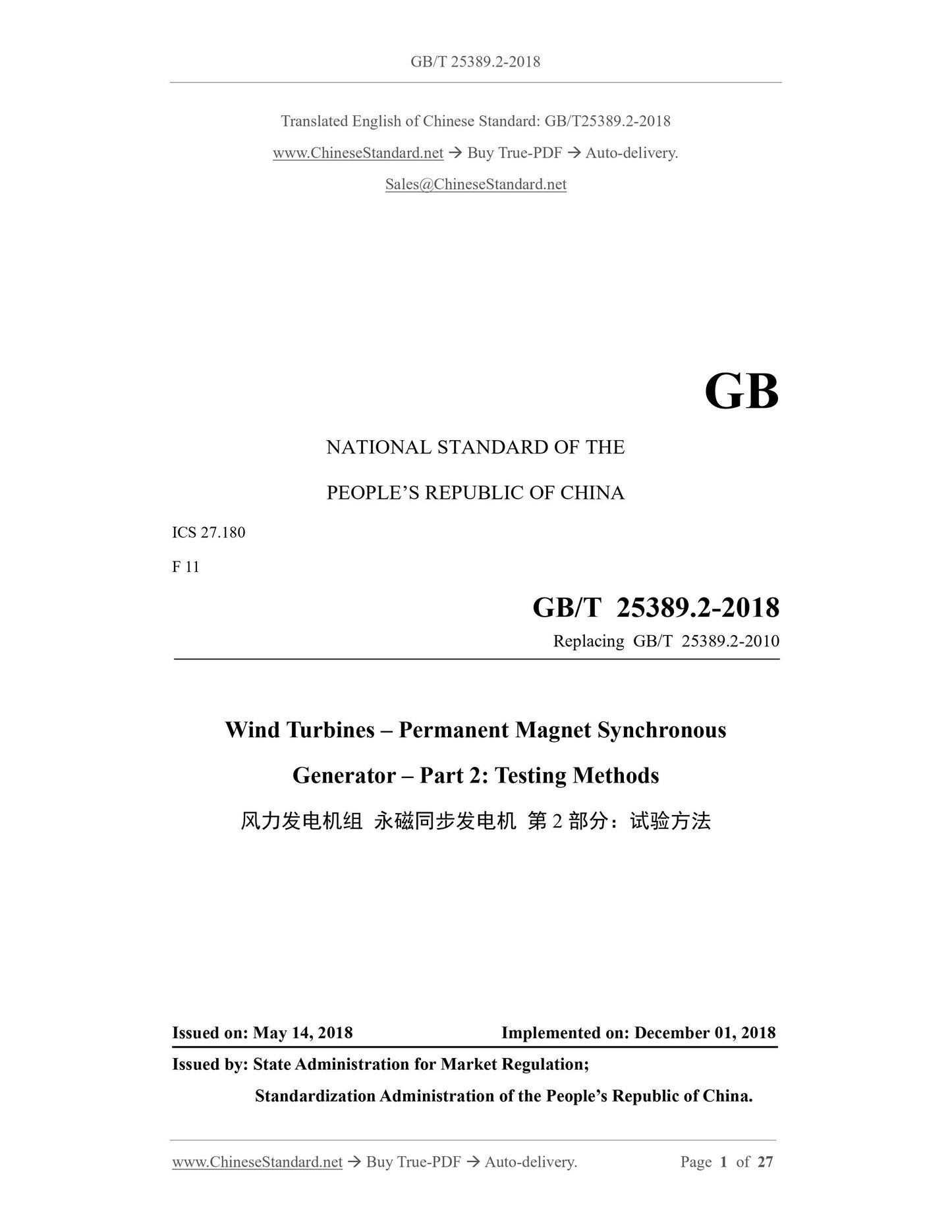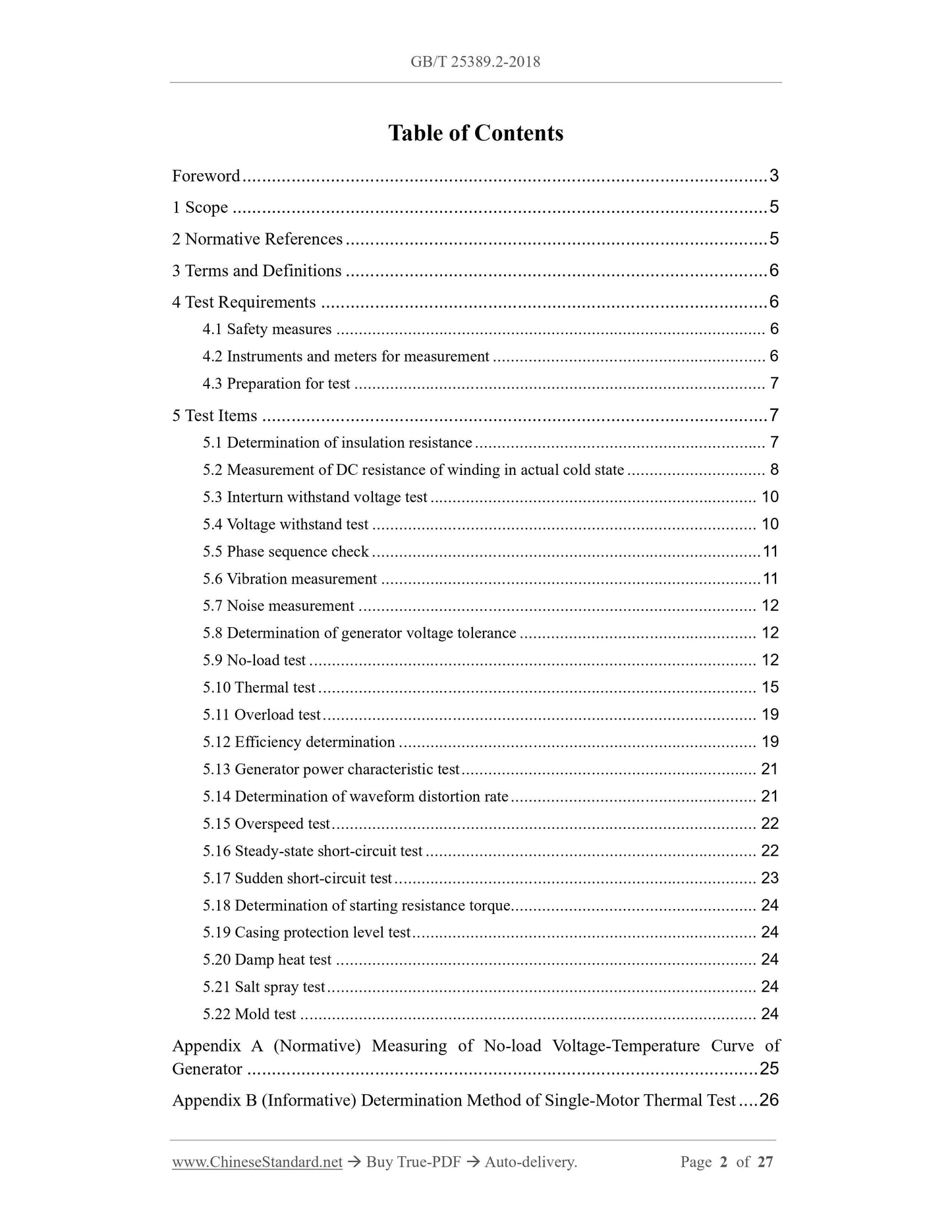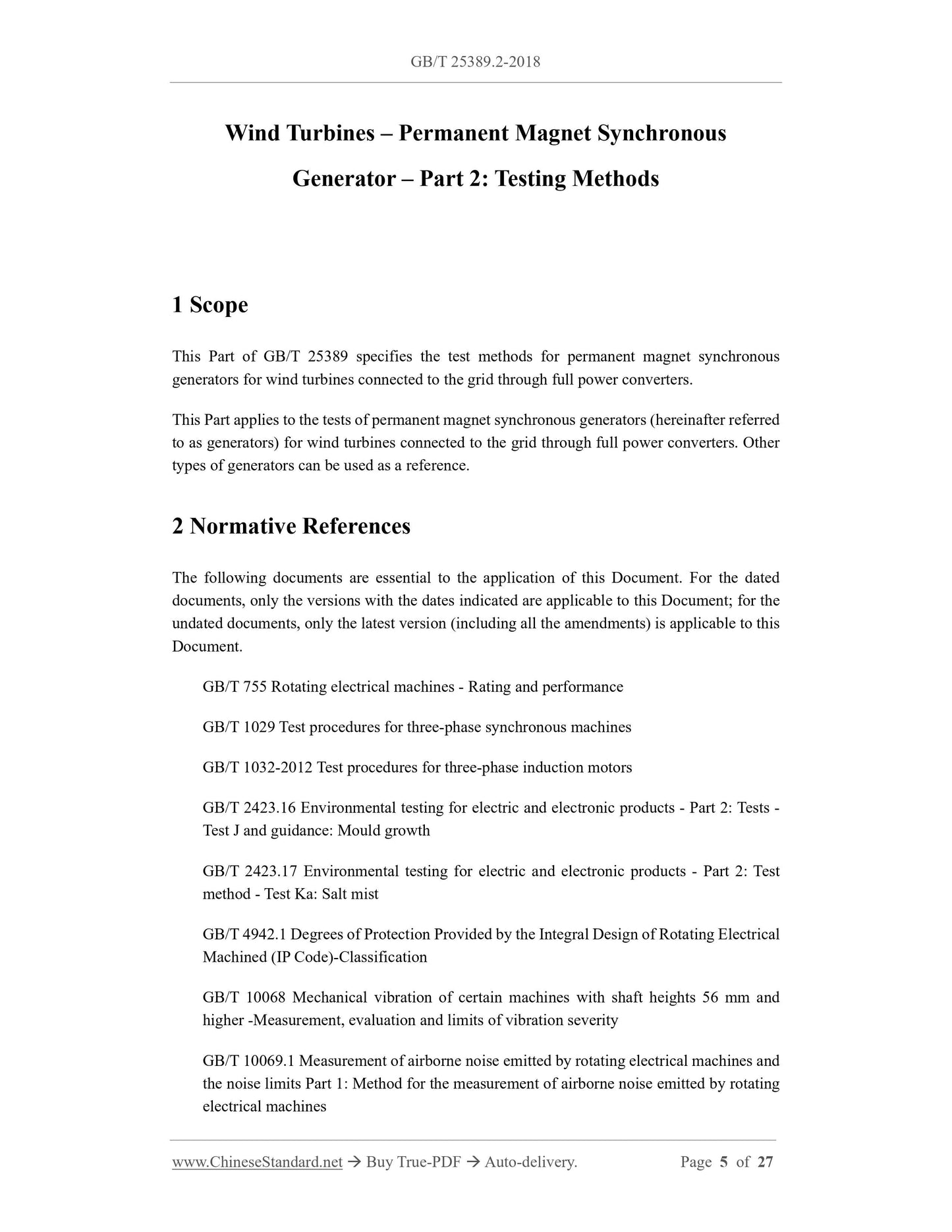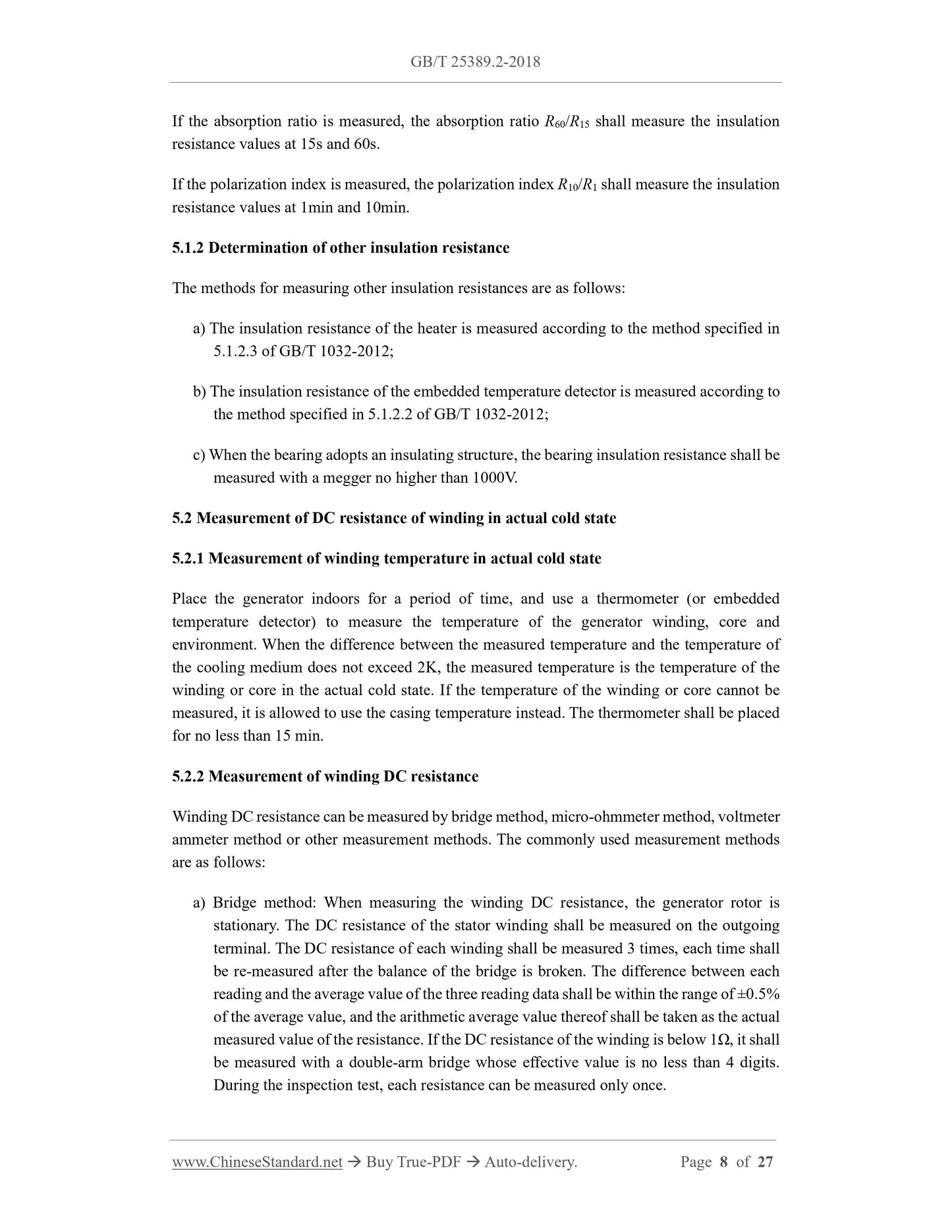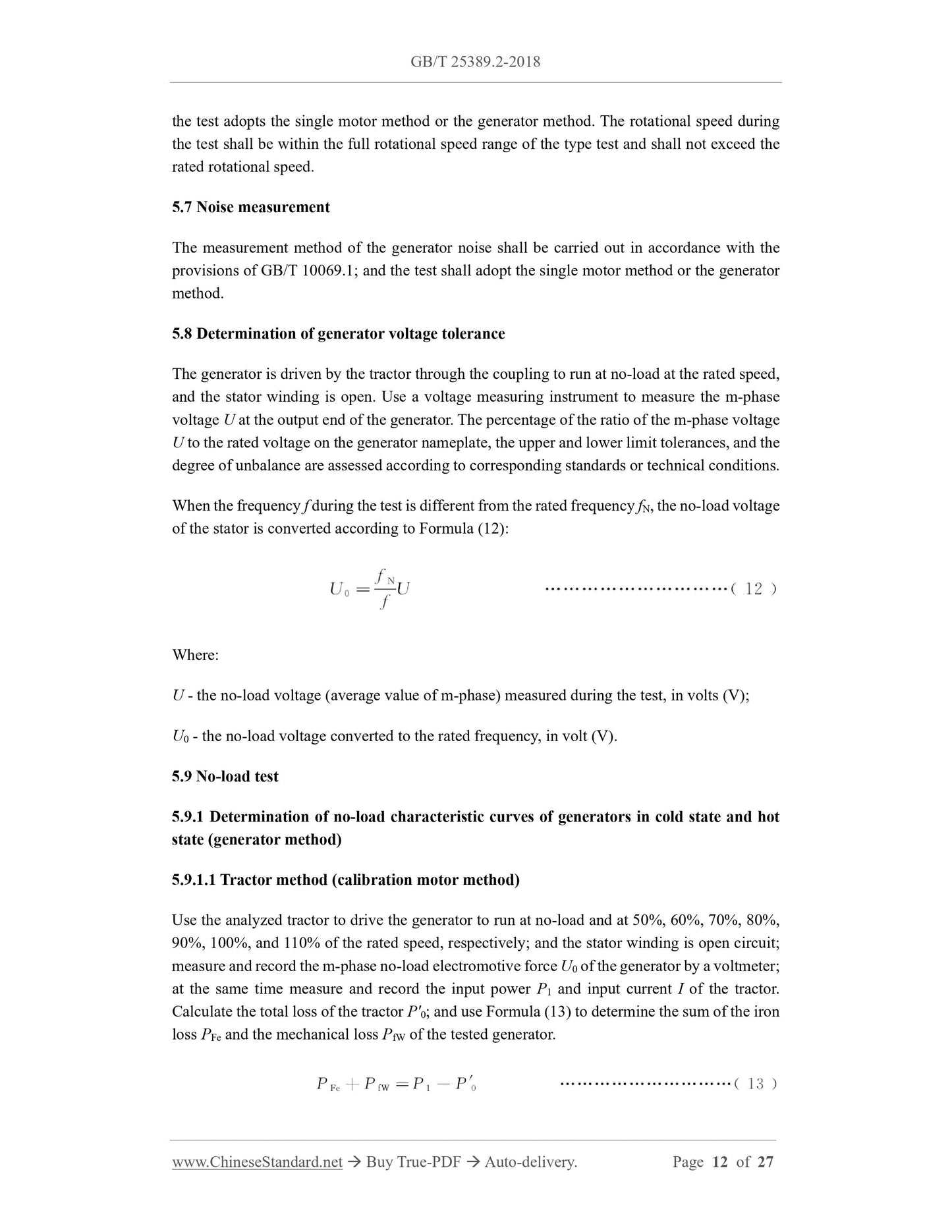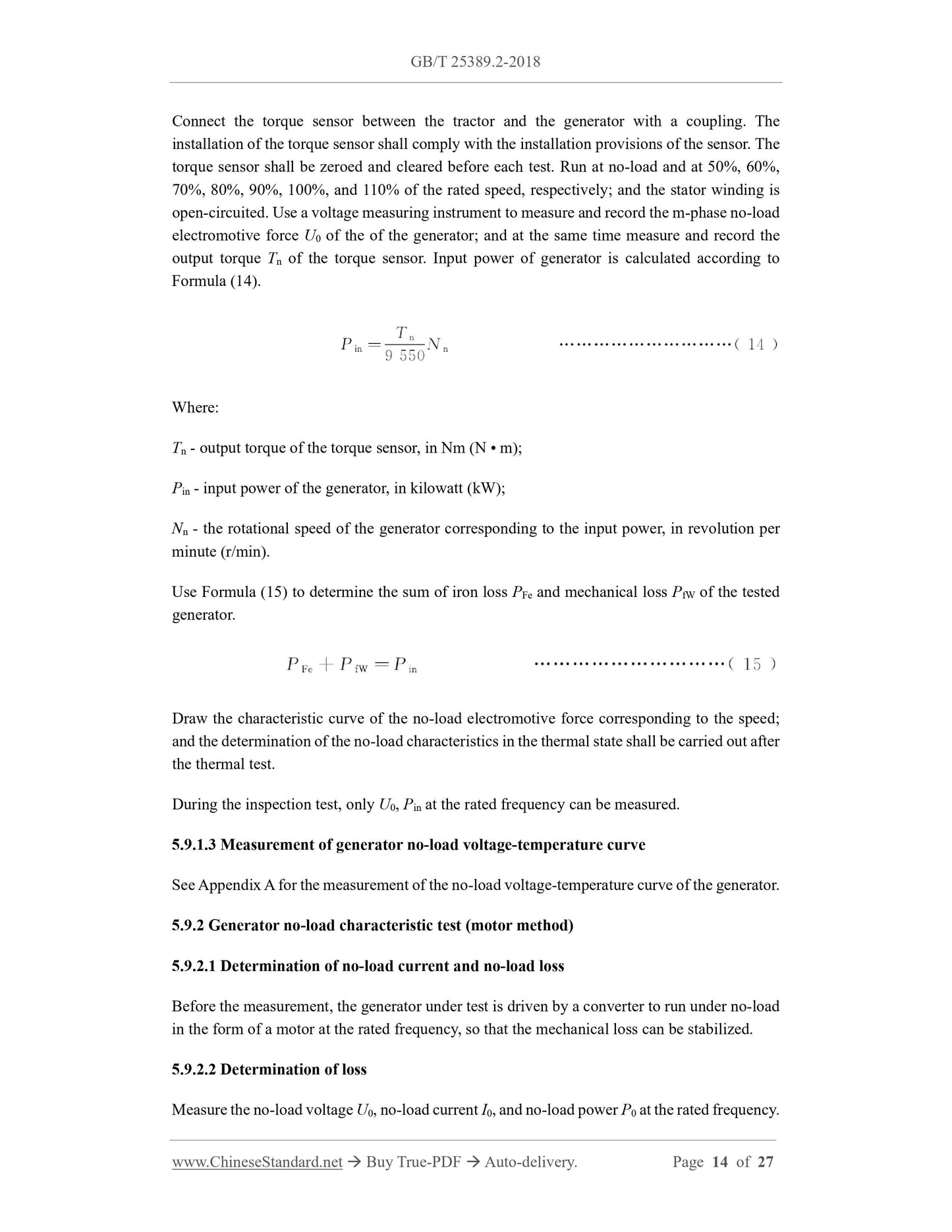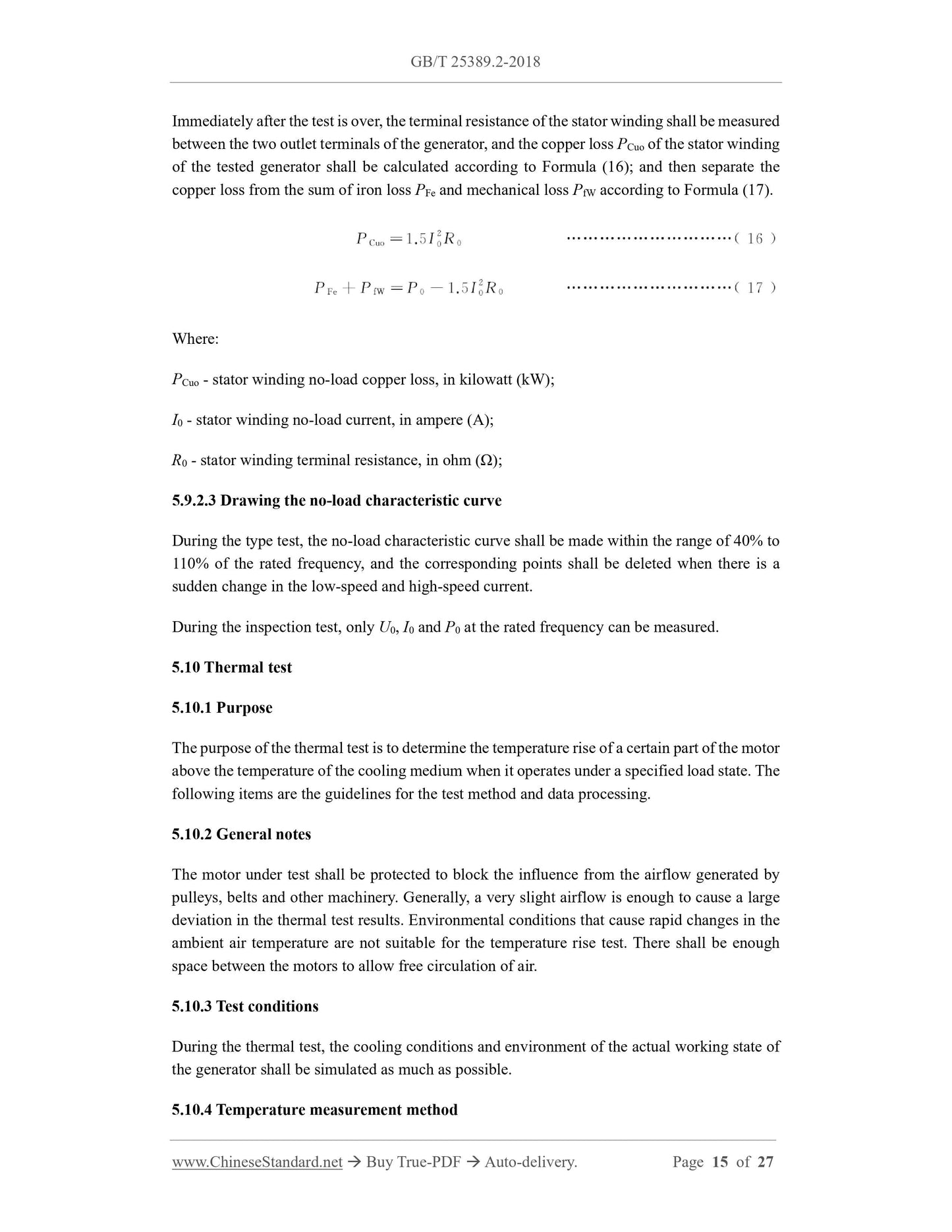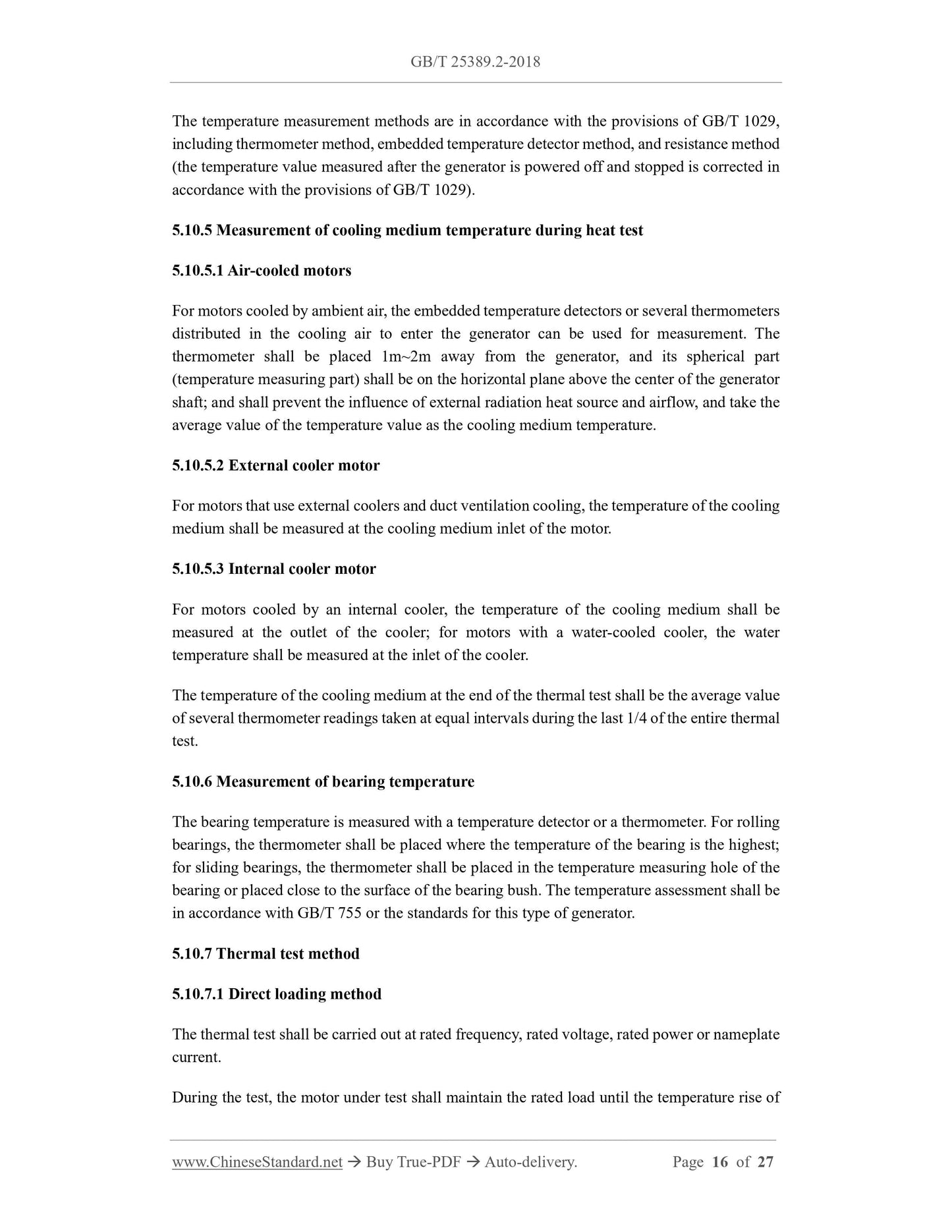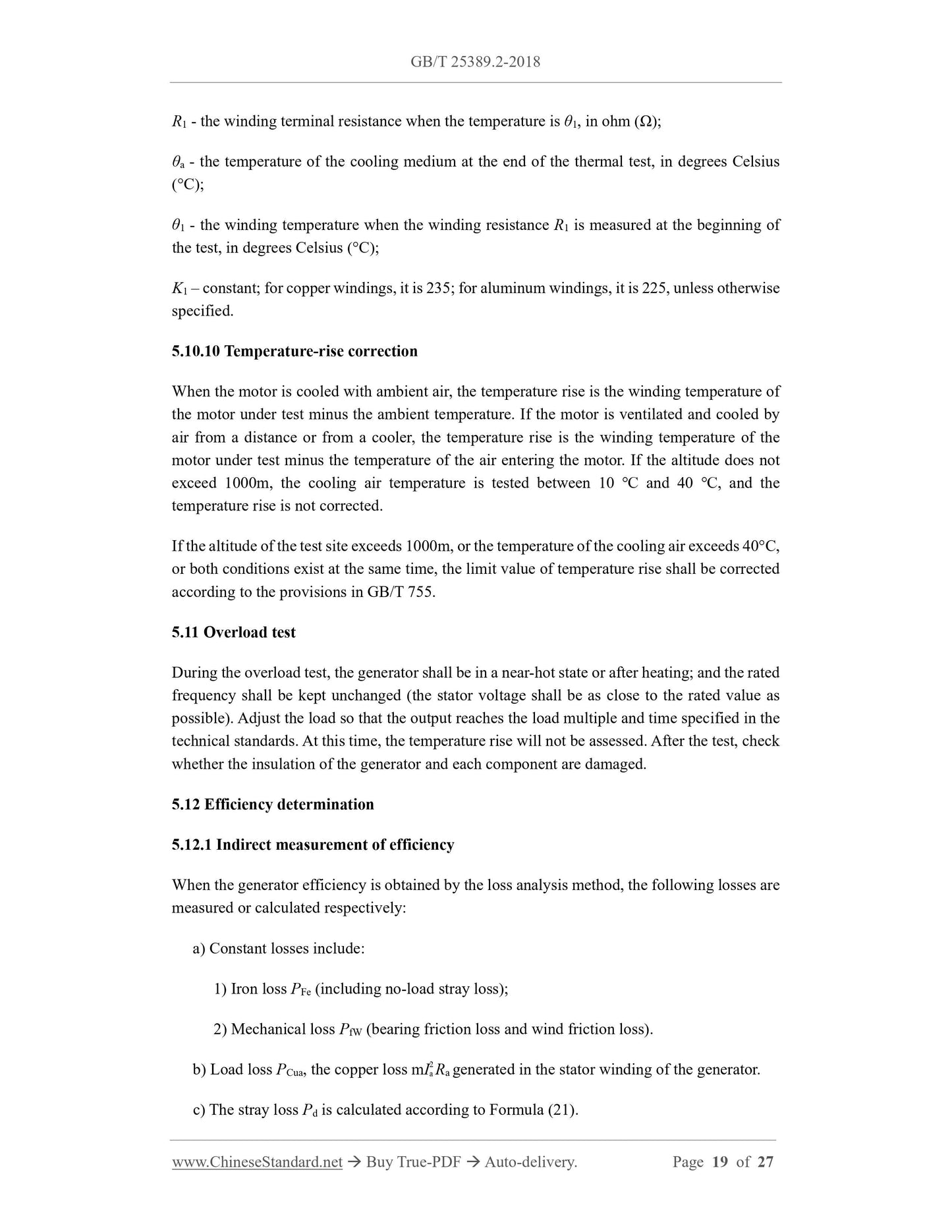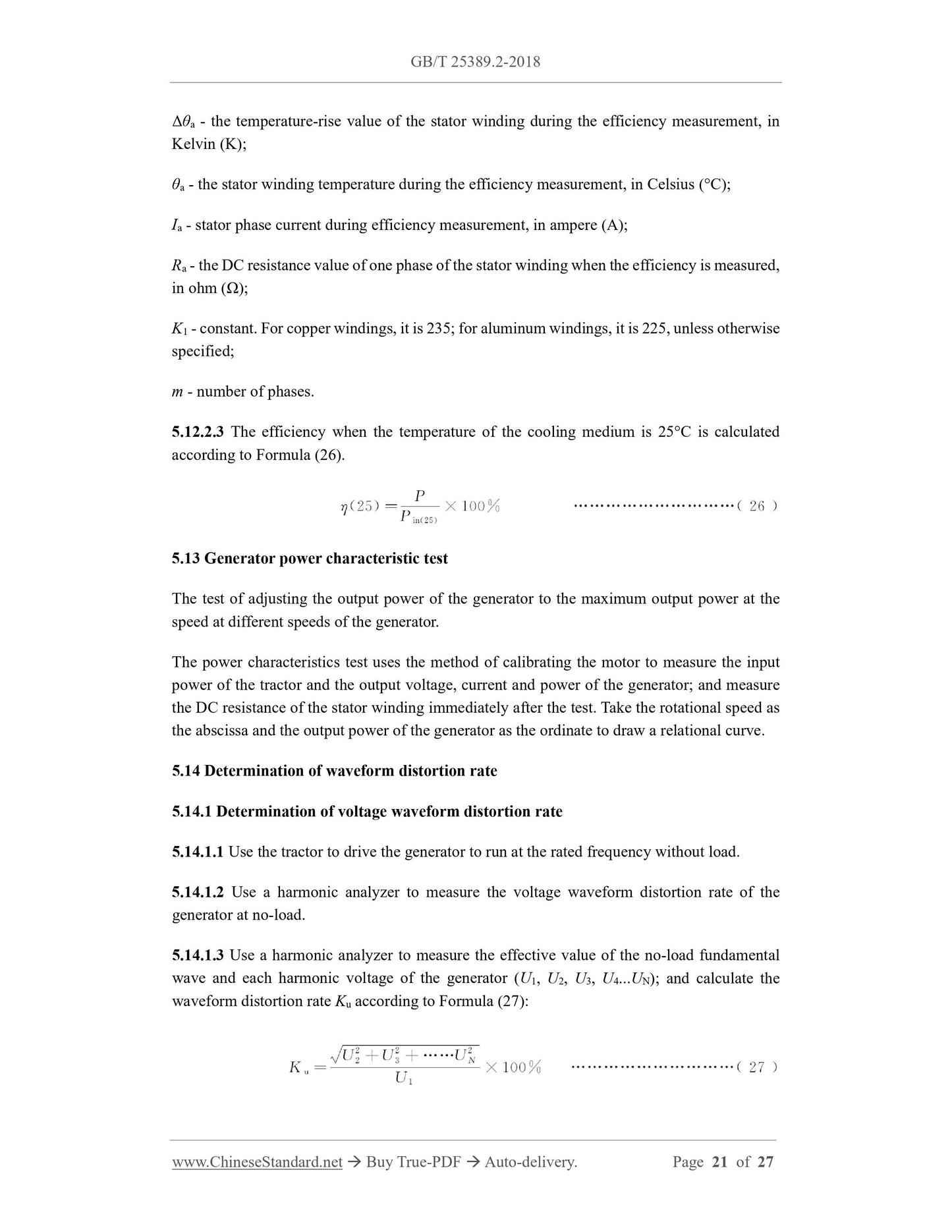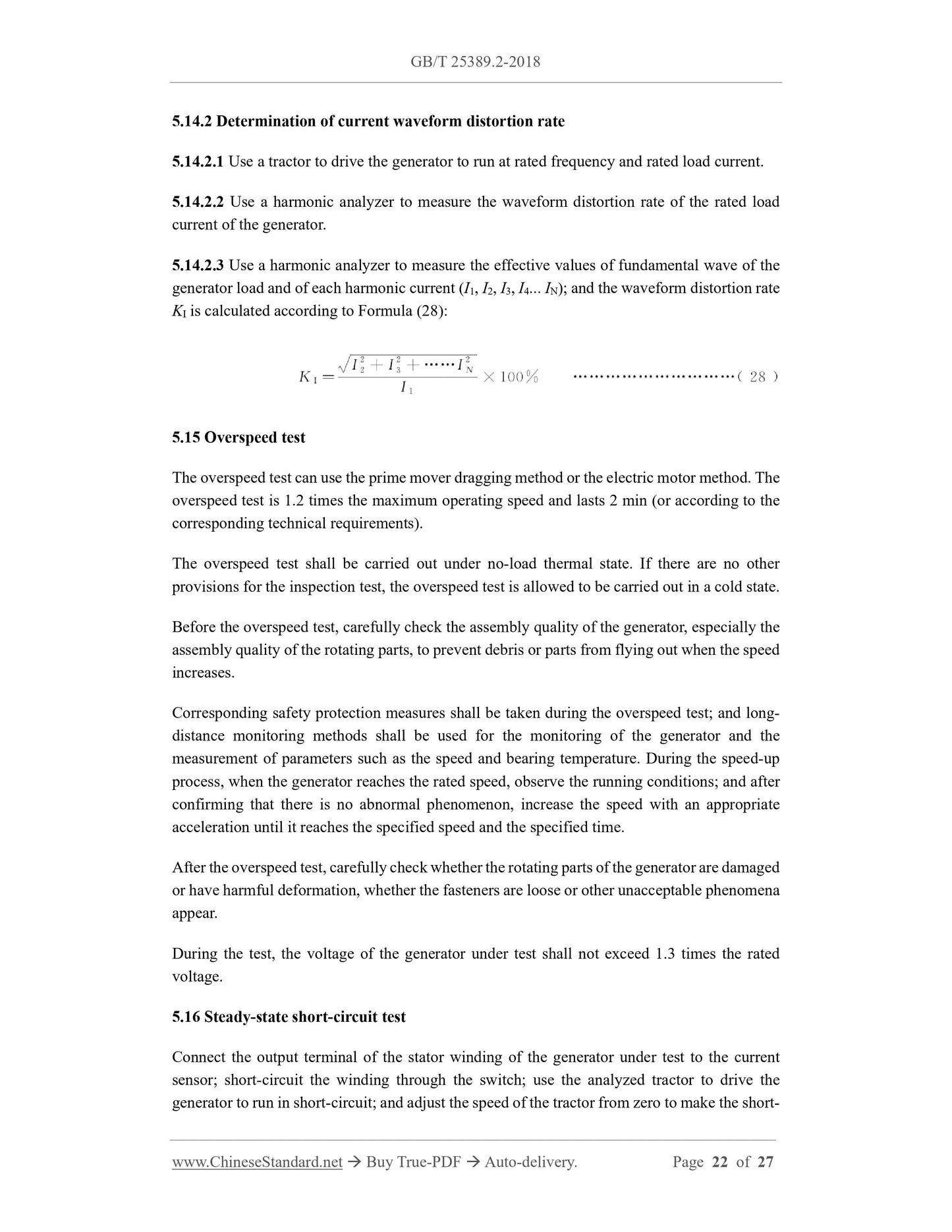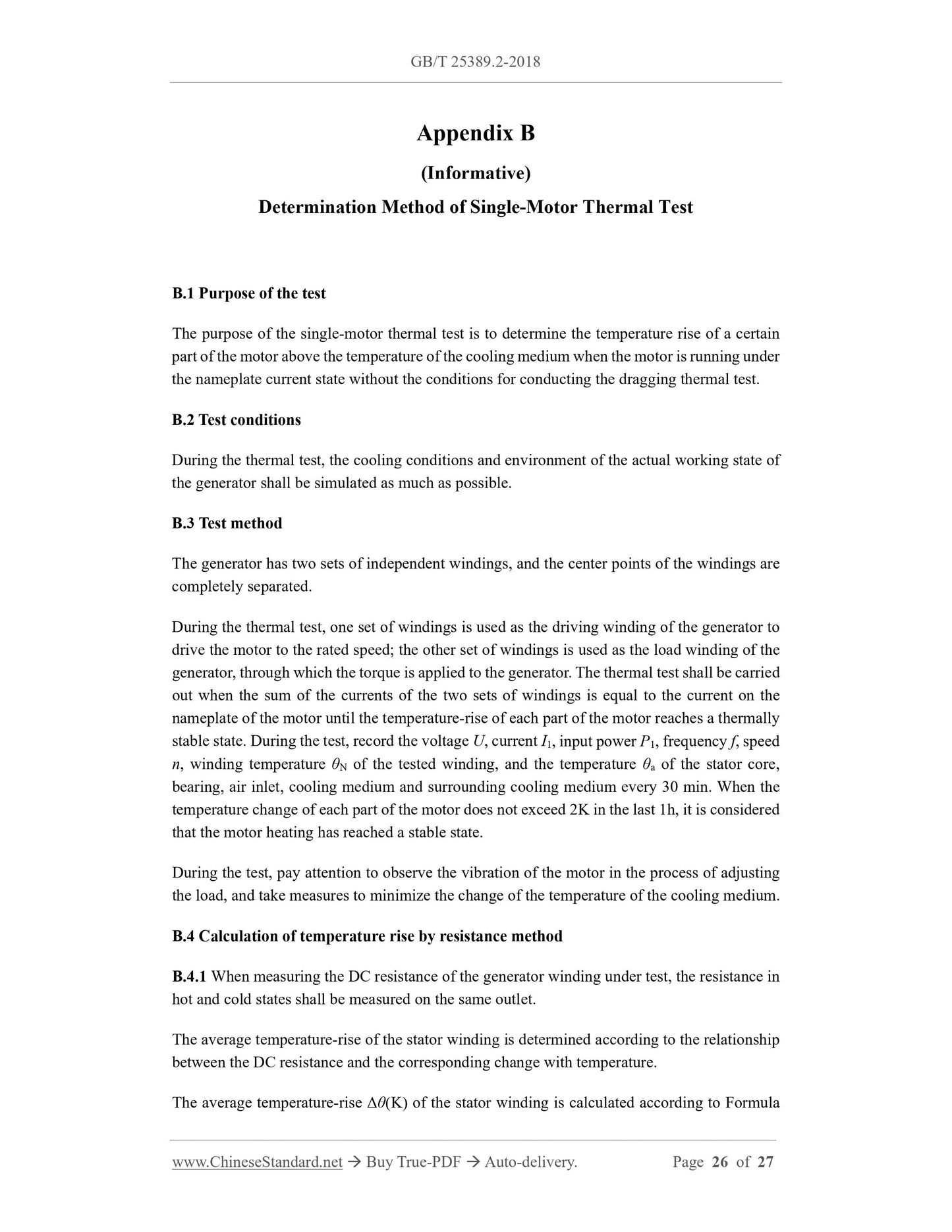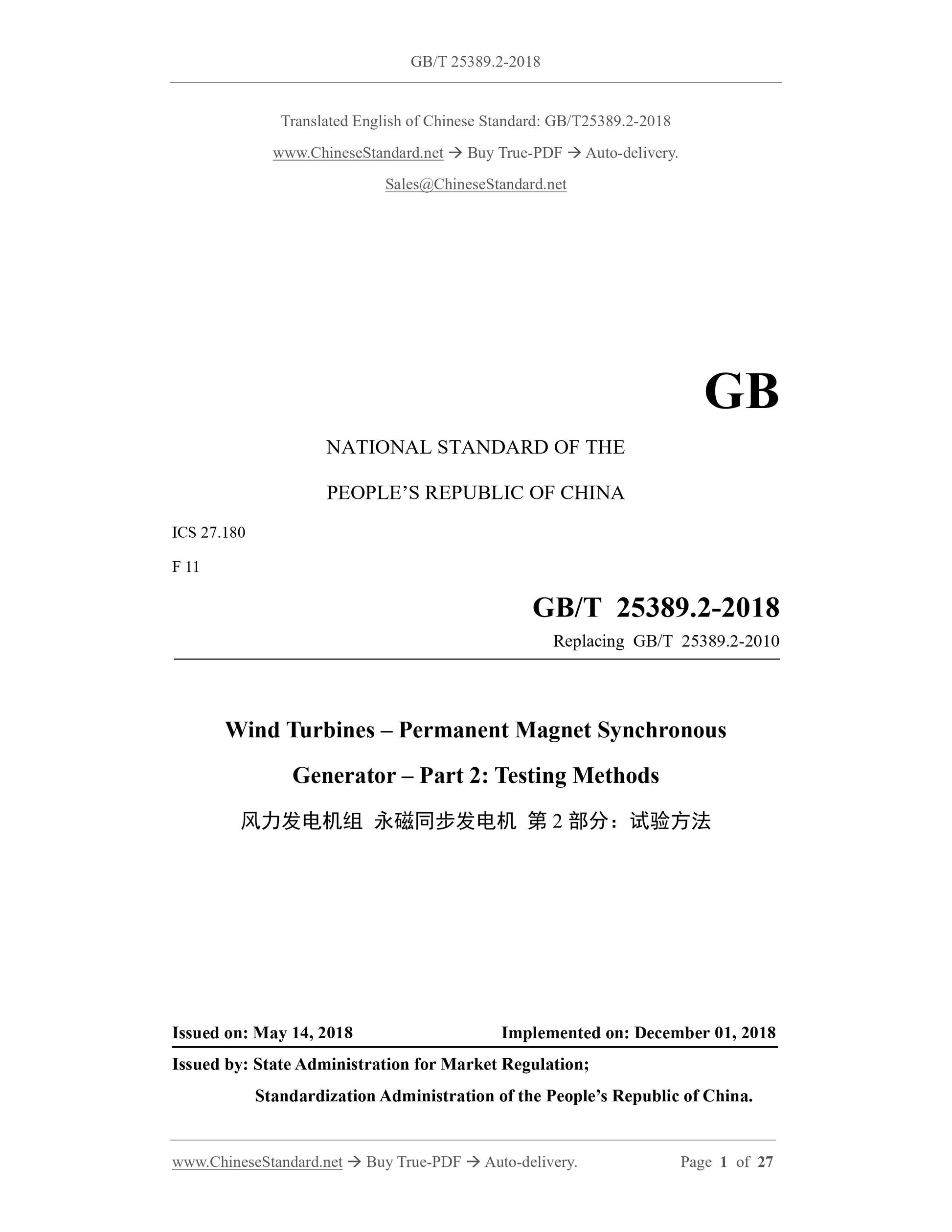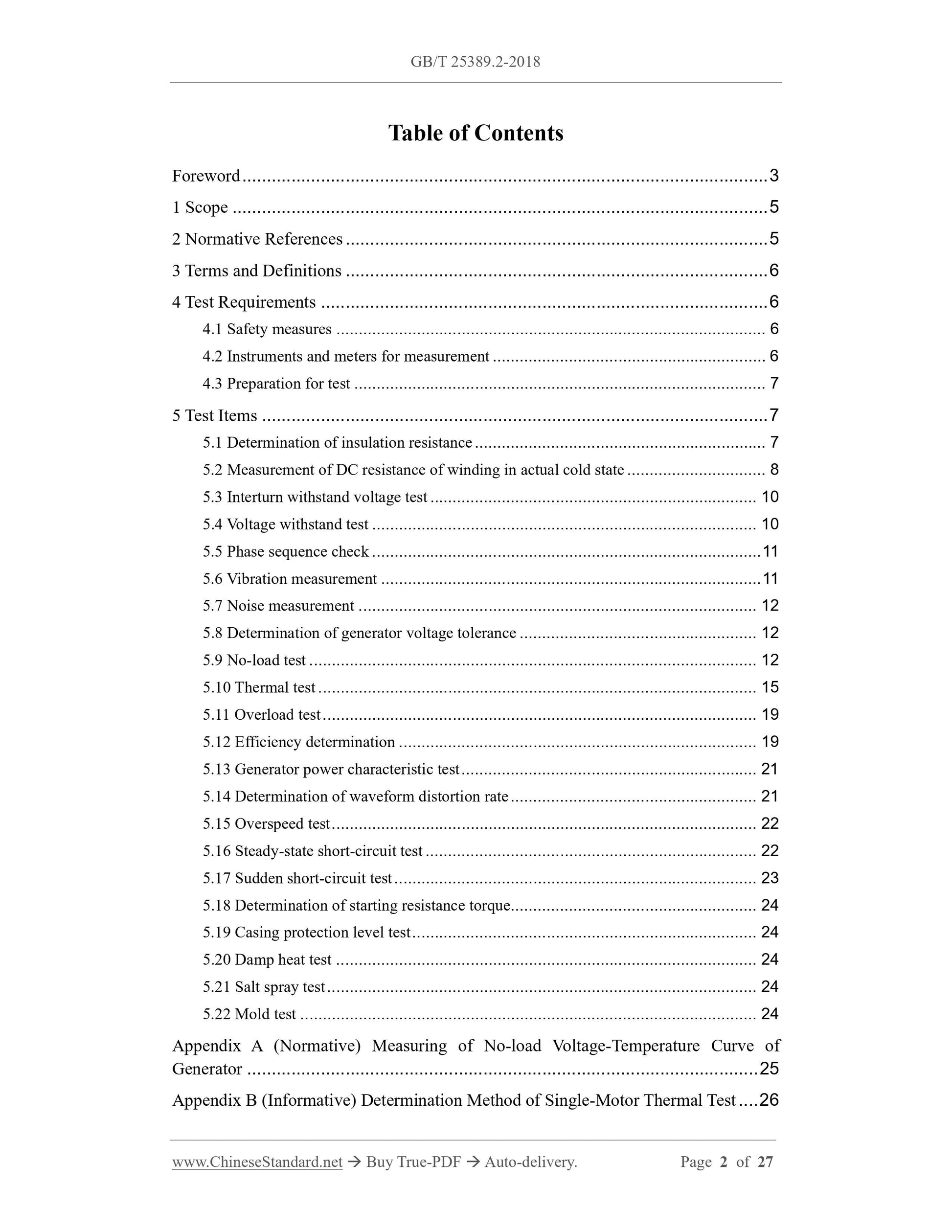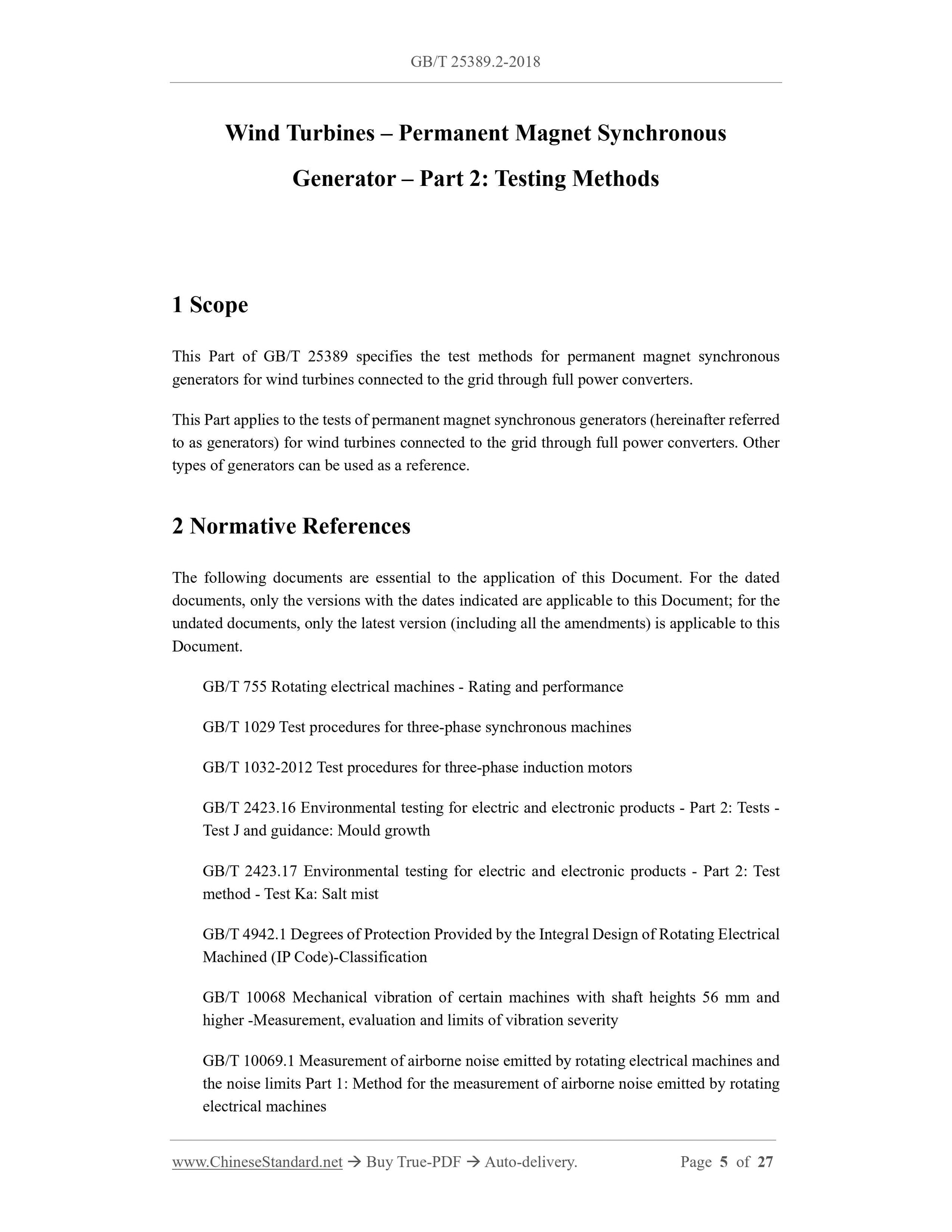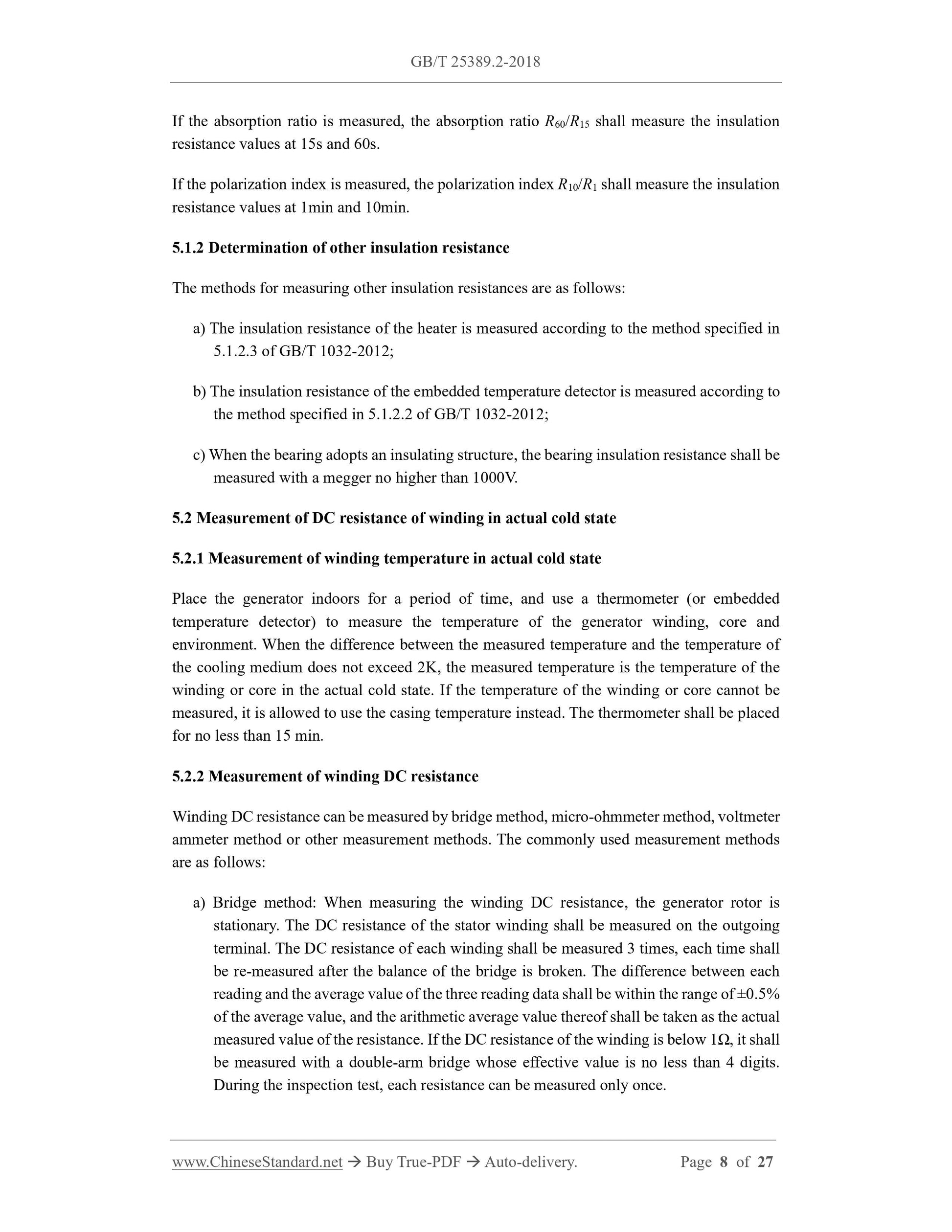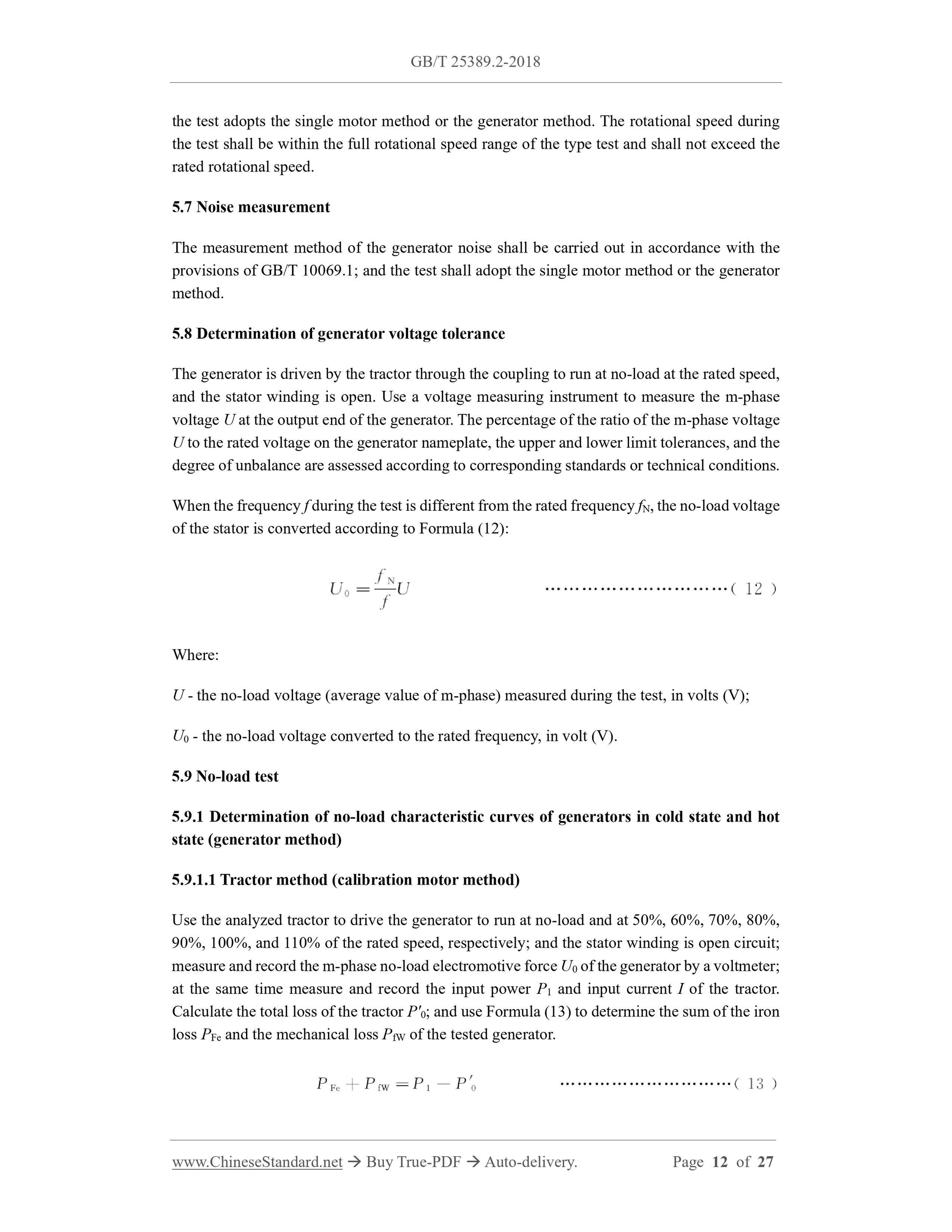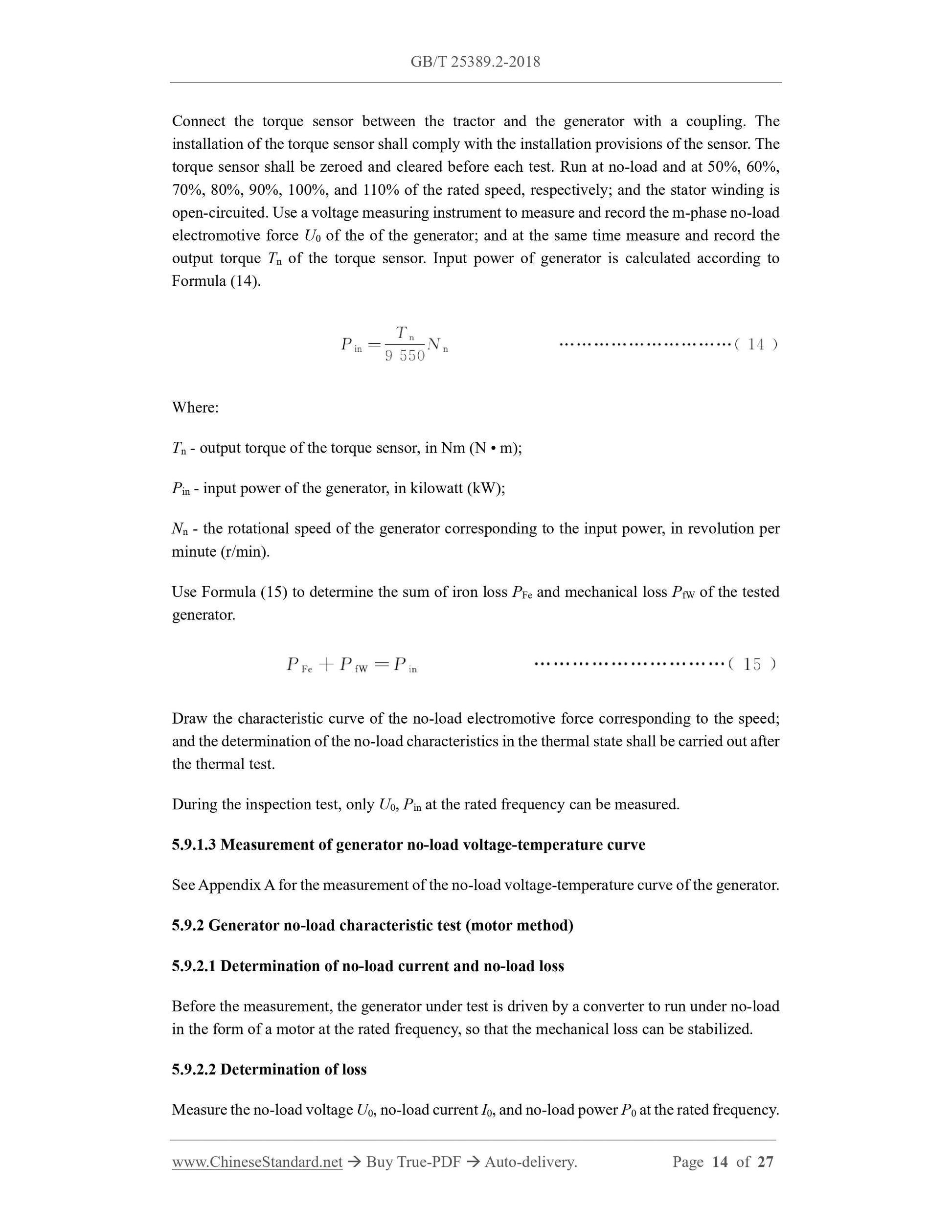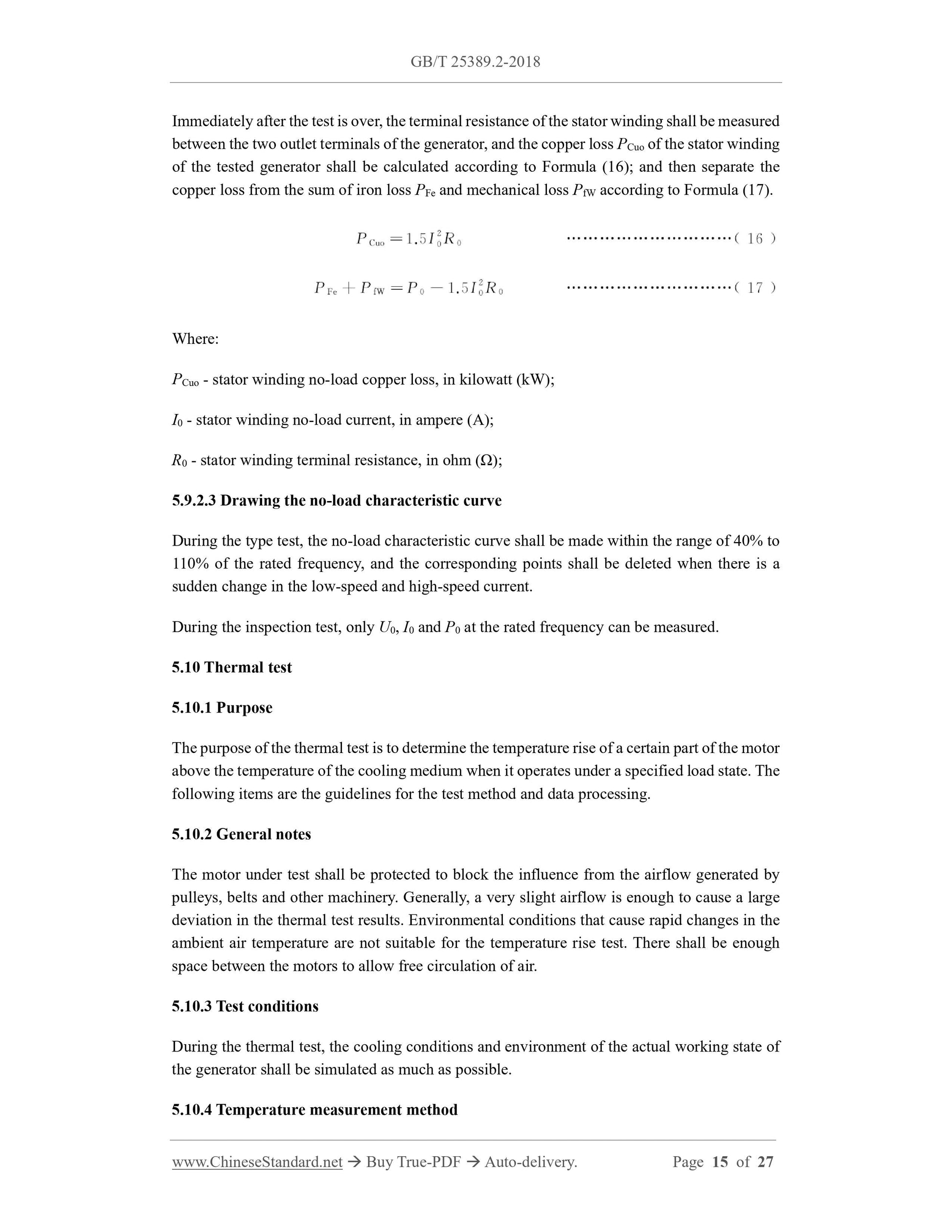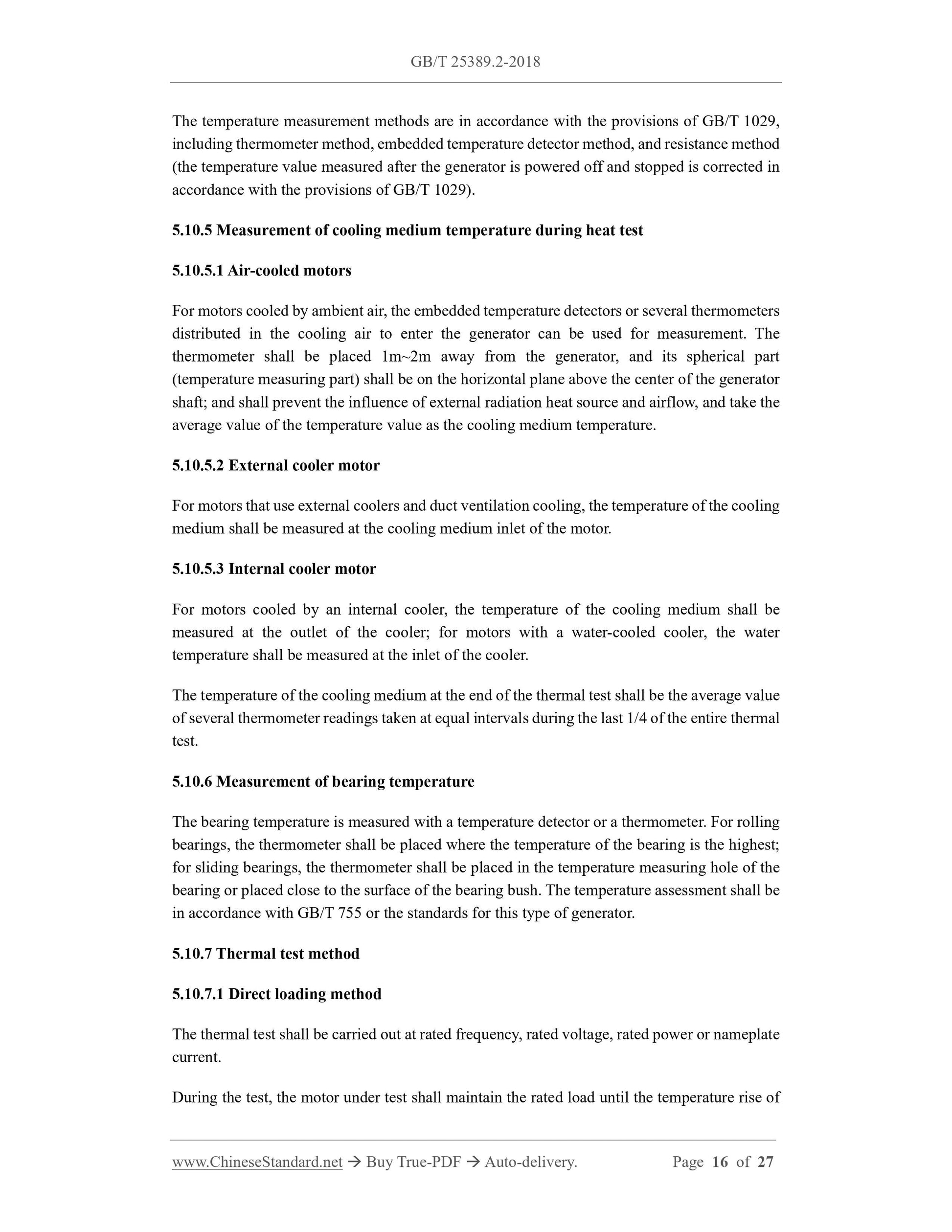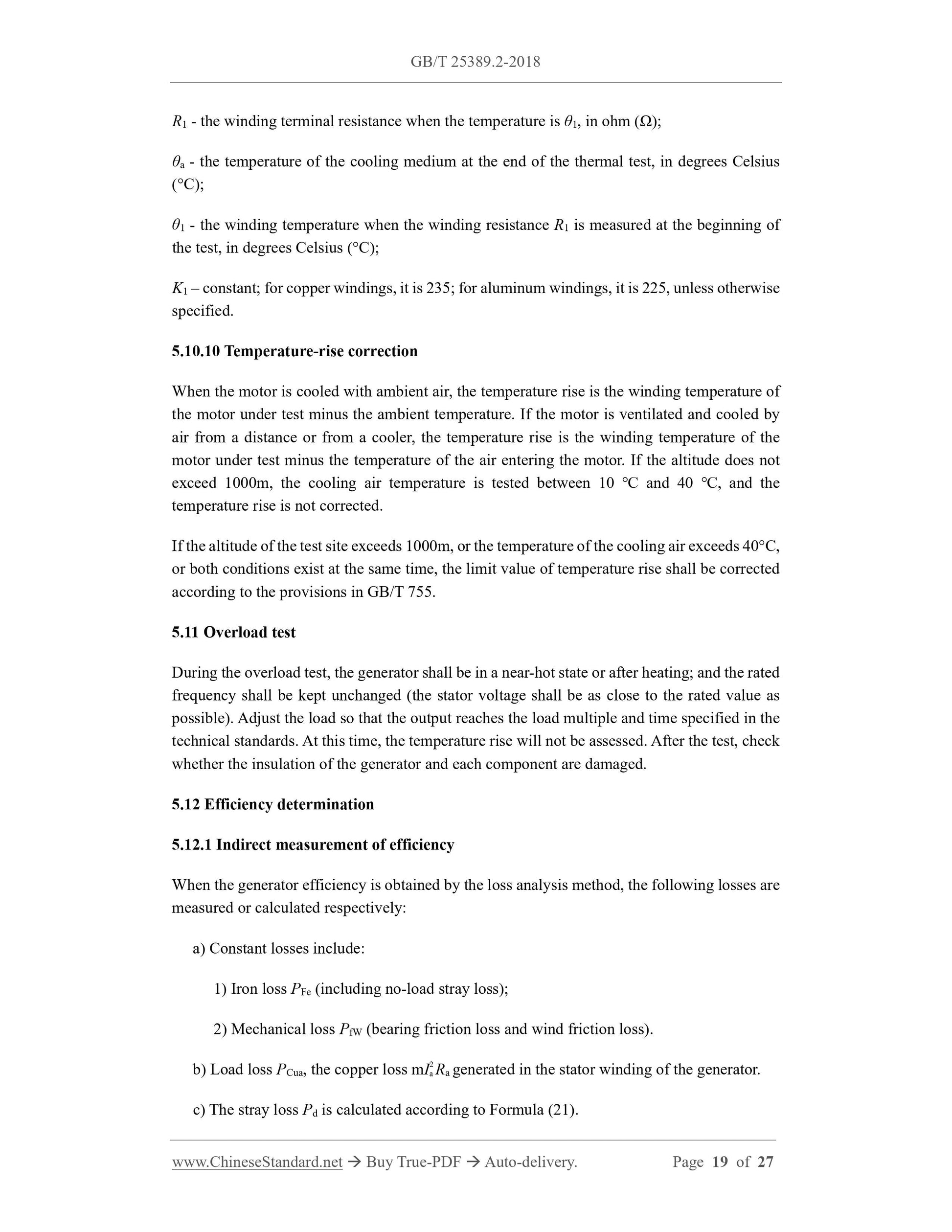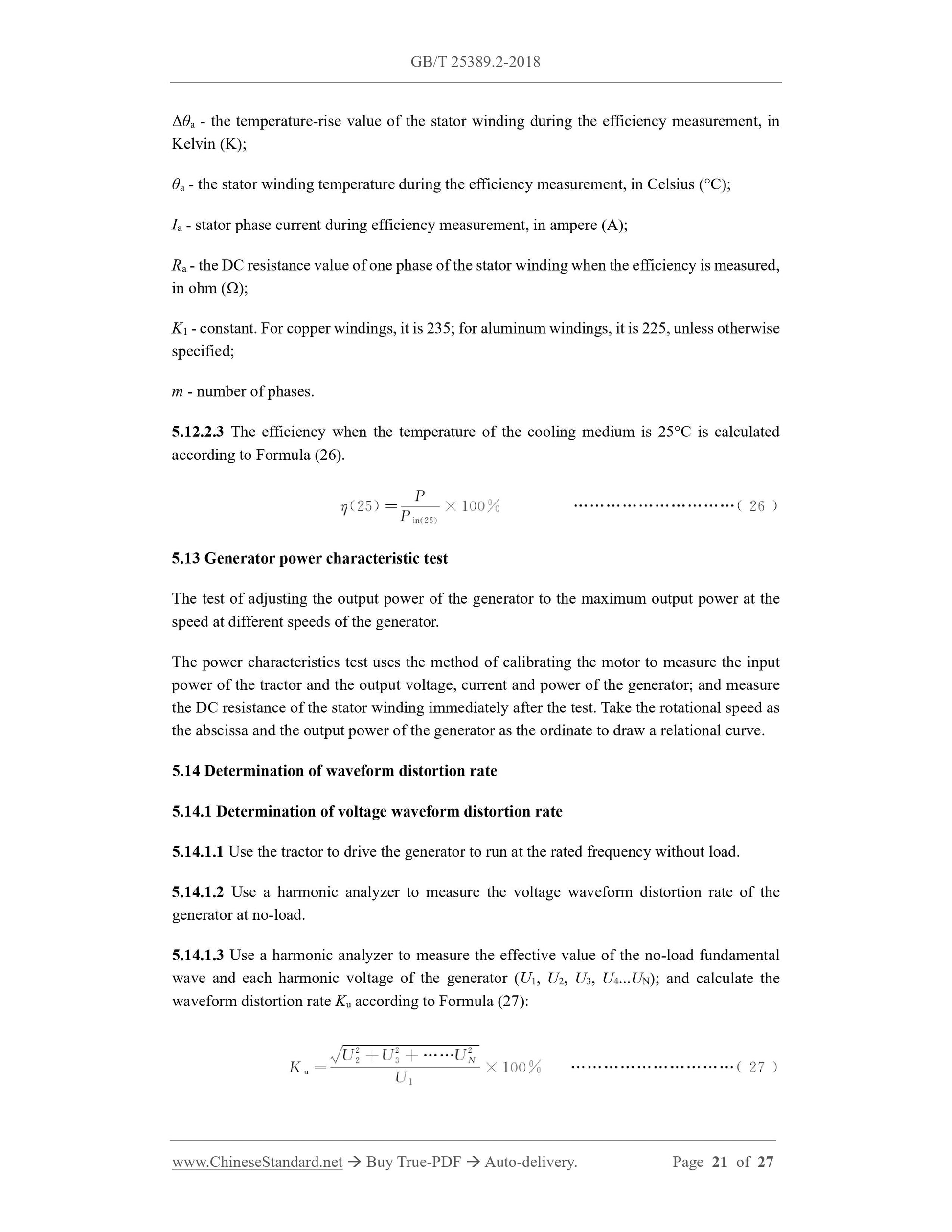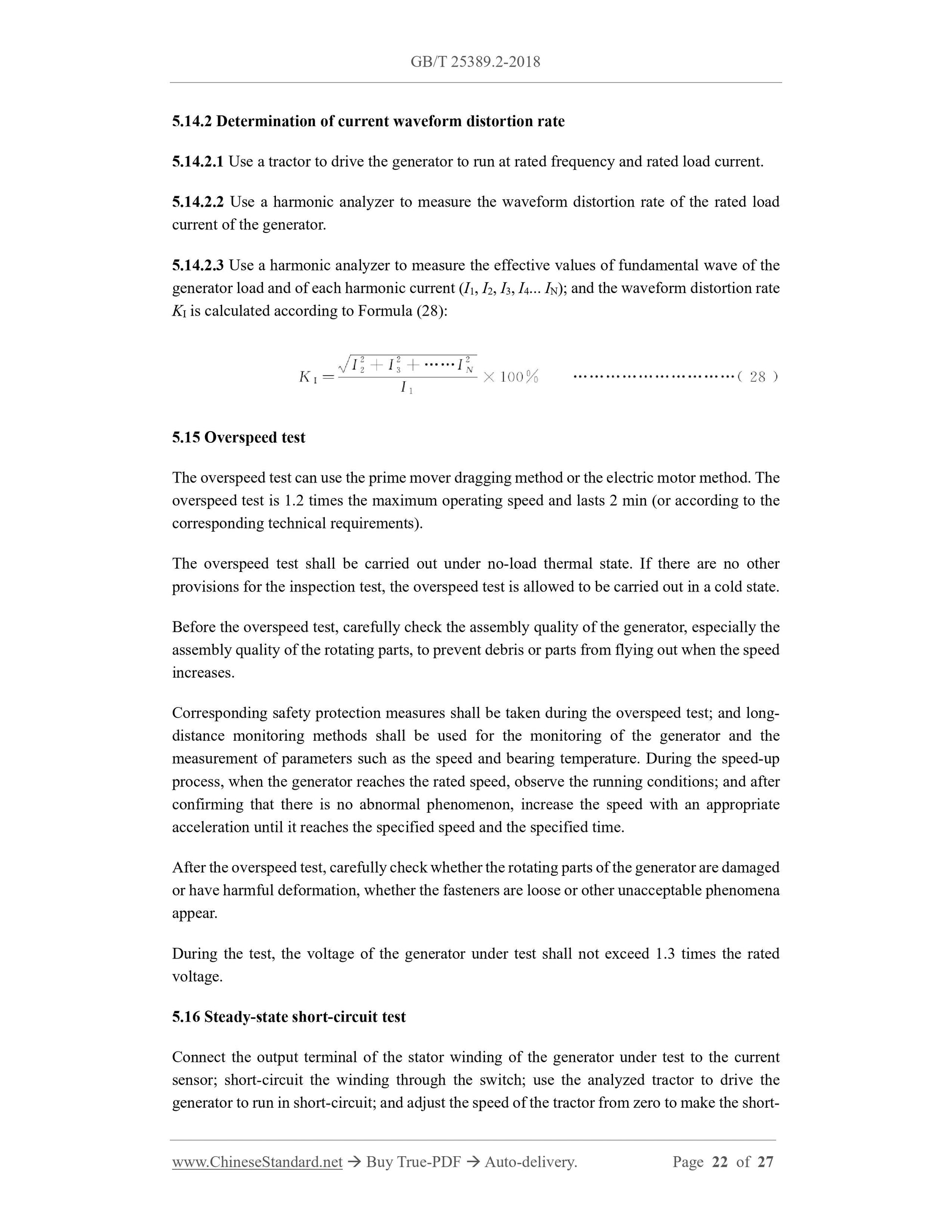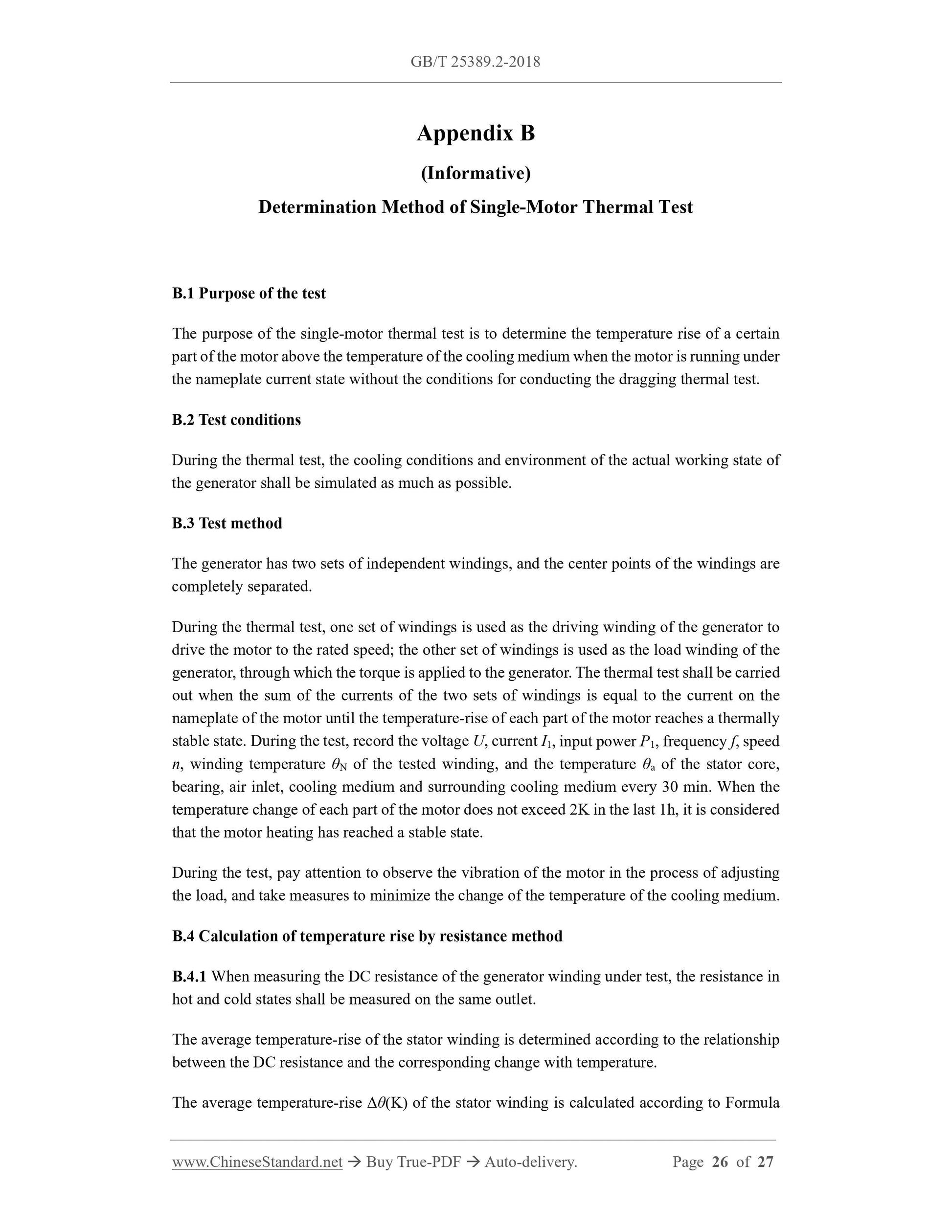1
/
of
12
www.ChineseStandard.us -- Field Test Asia Pte. Ltd.
GB/T 25389.2-2018 English PDF (GB/T25389.2-2018)
GB/T 25389.2-2018 English PDF (GB/T25389.2-2018)
Regular price
$260.00
Regular price
Sale price
$260.00
Unit price
/
per
Shipping calculated at checkout.
Couldn't load pickup availability
GB/T 25389.2-2018: Wind turbines - Permanent magnet synchronous generator - Part 2: Testing methods
Delivery: 9 seconds. Download (and Email) true-PDF + Invoice.Get Quotation: Click GB/T 25389.2-2018 (Self-service in 1-minute)
Newer / historical versions: GB/T 25389.2-2018
Preview True-PDF
Scope
This Part of GB/T 25389 specifies the test methods for permanent magnet synchronousgenerators for wind turbines connected to the grid through full power converters.
This Part applies to the tests of permanent magnet synchronous generators (hereinafter referred
to as generators) for wind turbines connected to the grid through full power converters. Other
types of generators can be used as a reference.
Basic Data
| Standard ID | GB/T 25389.2-2018 (GB/T25389.2-2018) |
| Description (Translated English) | Wind turbines - Permanent magnet synchronous generator - Part 2: Testing methods |
| Sector / Industry | National Standard (Recommended) |
| Classification of Chinese Standard | F11 |
| Classification of International Standard | 27.180 |
| Word Count Estimation | 18,145 |
| Date of Issue | 2018-05-14 |
| Date of Implementation | 2018-12-01 |
| Older Standard (superseded by this standard) | GB/T 25389.2-2010 |
| Regulation (derived from) | National Standards Announcement No. 6 of 2018 |
| Issuing agency(ies) | State Administration for Market Regulation, China National Standardization Administration |
Share
